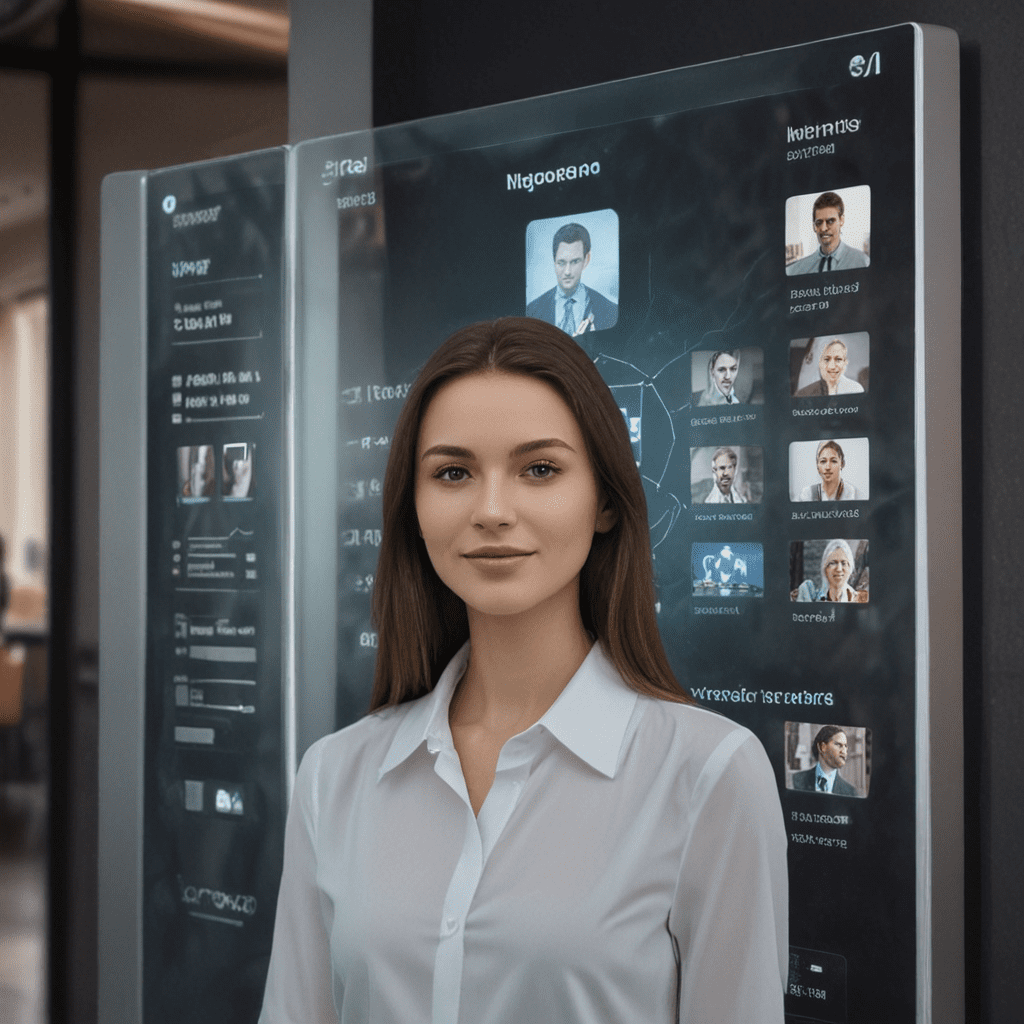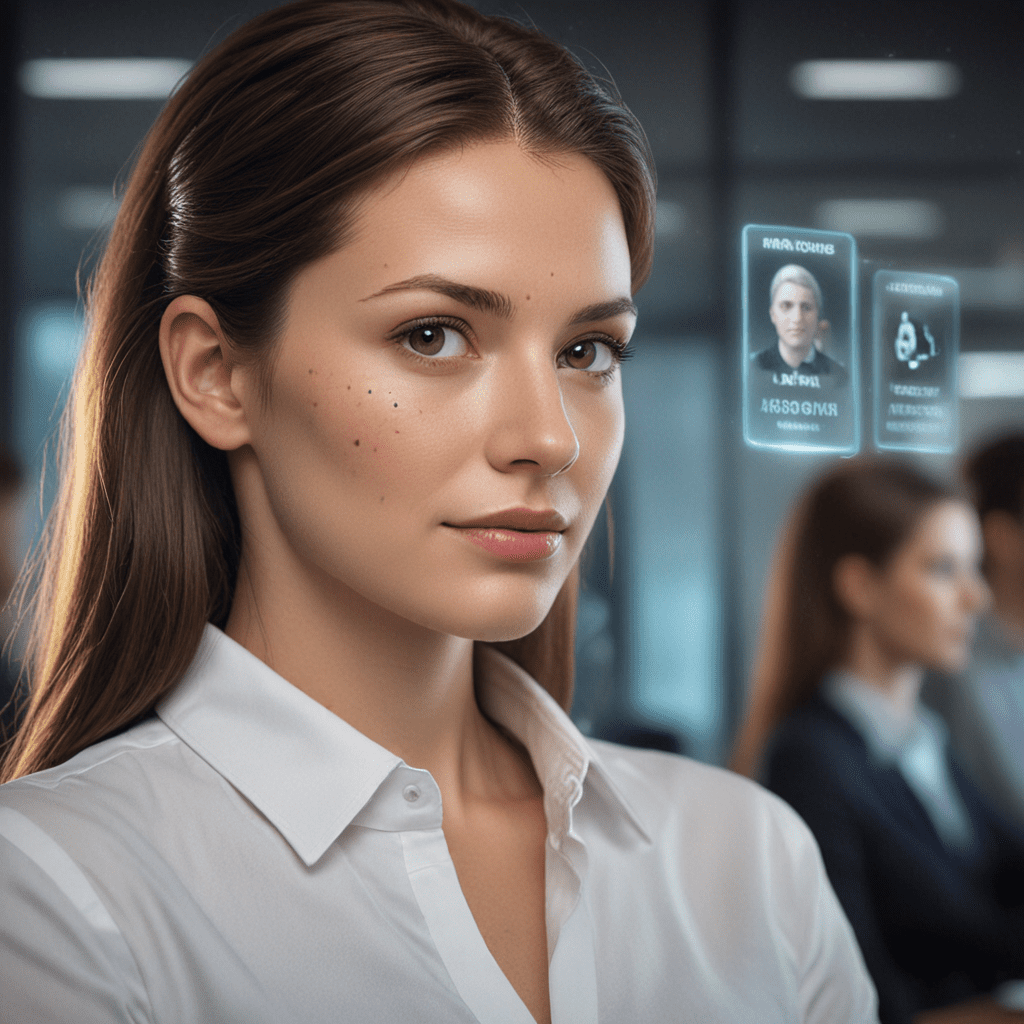Facial Recognition Technology: Redefining Visitor Management Systems
1. Introduction
In today's digital age, visitor management systems are undergoing a significant transformation, driven by the advancement of facial recognition technology. This cutting-edge technology is revolutionizing the way businesses and organizations manage and secure their visitors. By leveraging the power of facial recognition, visitor management systems can now provide enhanced security, improved visitor experiences, and streamlined operations.
2. Benefits of Facial Recognition in Visitor Management
Increased Security: Facial recognition eliminates the possibility of unauthorized access by verifying visitors' identities in real-time.
Contactless and Efficient: The touchless nature of facial recognition expedites the check-in process and enhances hygiene in high-traffic environments.
Improved Accuracy: Facial recognition systems are highly accurate and reliable, reducing the risk of human error and fraud.
Customized Experiences: Visitor management systems with facial recognition can offer personalized experiences, such as automatic recognition of VIPs or providing tailored information.
Increased ROI: By automating the visitor management process, businesses can reduce operational costs and improve efficiency.
3. How Facial Recognition Works in Visitor Management Systems
Facial recognition technology utilizes advanced algorithms to analyze facial features and create unique biometric templates. When a visitor enters, their face is scanned and matched against a database of authorized individuals. This real-time verification process grants access only to permitted visitors.
4. Integration with Existing Systems
Visitor management systems with facial recognition can be seamlessly integrated with existing security measures, such as access control systems and surveillance cameras. This integration creates a comprehensive and robust security framework.
5. Enhanced Security and Control
Facial recognition technology significantly strengthens security by preventing unauthorized access and tailgating. By establishing clear access protocols, businesses can ensure that only authorized personnel have access to designated areas.
6. Improved Visitor Experience
Facial recognition technology significantly enhances the visitor experience by eliminating the need for manual sign-ins and ID checks. This touchless and efficient process creates a hassle-free and welcoming environment for visitors.
7. Data Privacy and Compliance Considerations
Implementing facial recognition technology requires adherence to strict data privacy regulations. Robust data protection measures must be in place to ensure the ethical and responsible use of visitor data.
8. Implementation and Deployment Strategies
The successful implementation of facial recognition visitor management systems requires careful planning and consideration. Factors such as system integration, staff training, and data security guidelines must be meticulously addressed.
9. Industry Applications and Case Studies
Facial recognition technology has found broad applications across various industries, including healthcare, education, and corporate offices. Case studies from organizations that have implemented facial recognition visitor management systems provide valuable insights into its benefits and practical implementation.
10. Future Trends and Advancements
Ongoing advancements in facial recognition technology promise future iterations that will be even more sophisticated and reliable. Emerging technologies, such as emotion recognition and liveness detection, will further enhance the capabilities and applications of facial recognition in visitor management systems.
Frequently Asked Questions (FAQs)
1. How secure is facial recognition technology?
Facial recognition systems are highly accurate and resistant to fraud, providing robust security measures.
2. Does facial recognition compromise privacy?
Ethical and responsible use of visitor data is paramount. Businesses must implement stringent data protection protocols to ensure privacy compliance.
3. Is facial recognition technology expensive to implement?
The cost of implementing facial recognition visitor management systems varies depending on factors such as system complexity and scale. However, long-term benefits, such as improved security and visitor experience, often offset the initial investment.
4. How user-friendly are facial recognition systems?
Facial recognition systems are designed to be user-friendly and intuitive. Visitors can seamlessly enter by simply standing in front of a camera, making the check-in process effortless.
5. What are the future trends in facial recognition visitor management systems?
Emerging technologies, such as emotion recognition and liveness detection, will enhance the capabilities of facial recognition systems, further improving security and visitor experiences.



